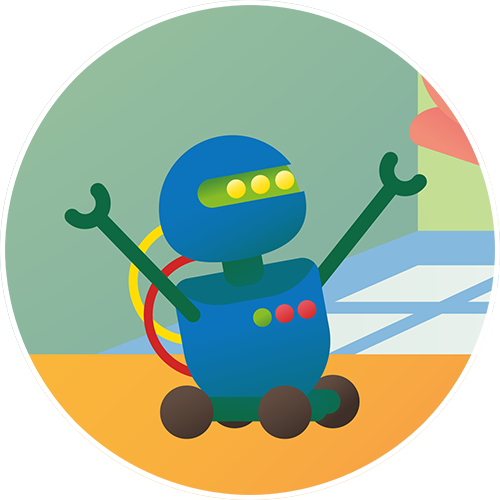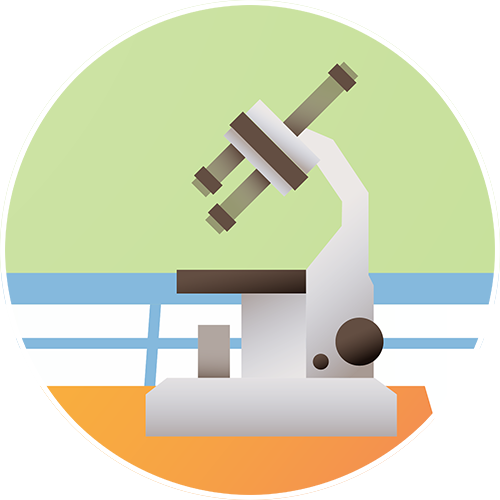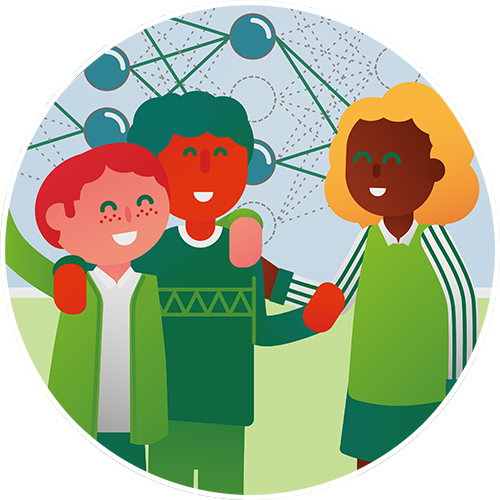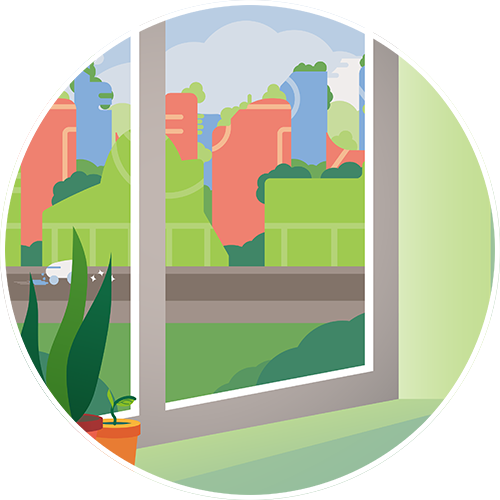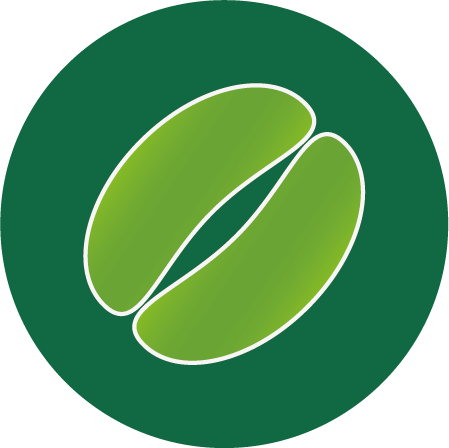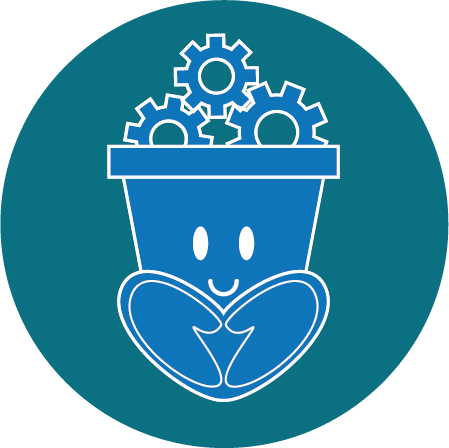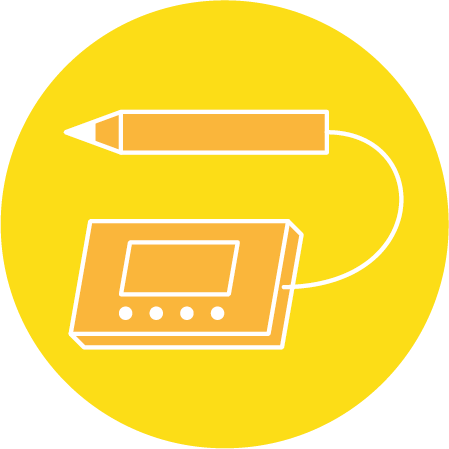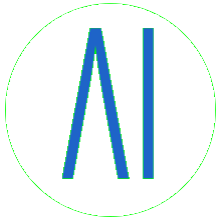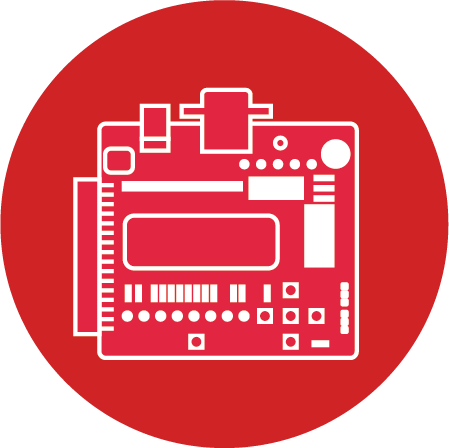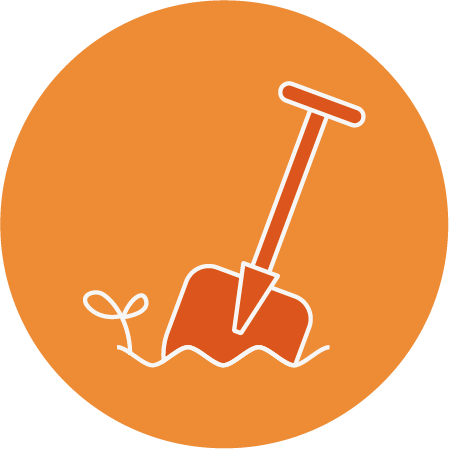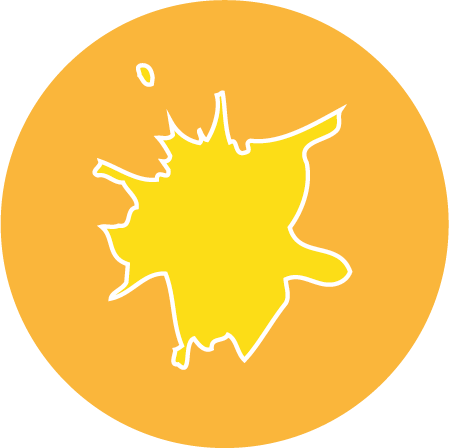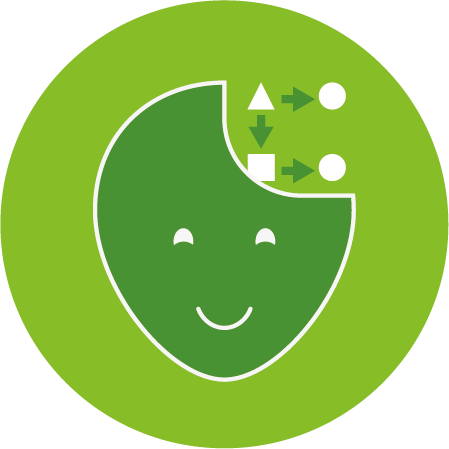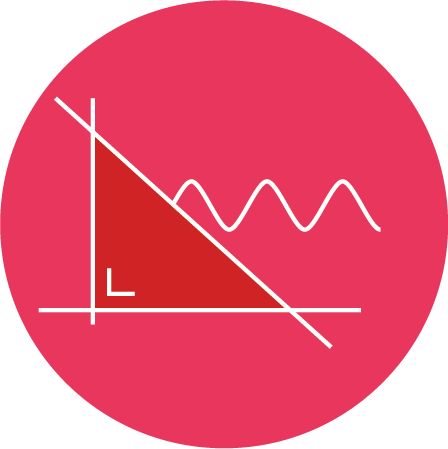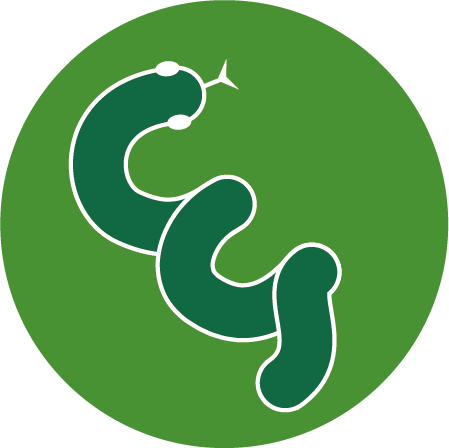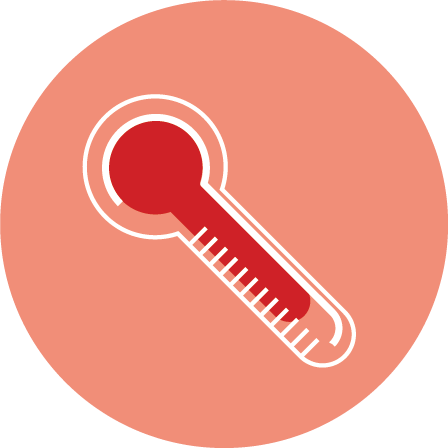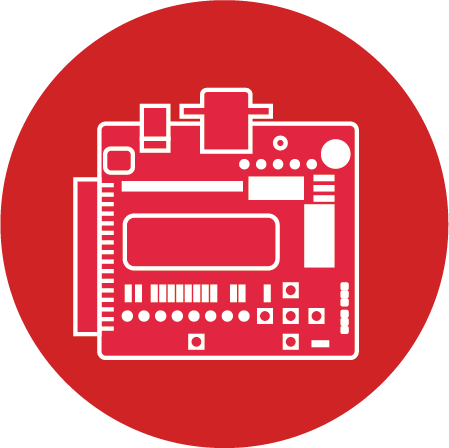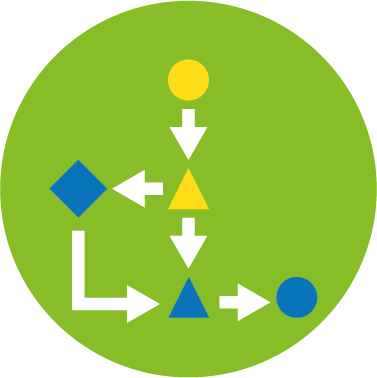Explore our teaching materials
Our teaching materials are free and accessible to everyone. To keep an overview, we divide the material into two levels. The first level is our lesson themes. These lesson themes can be consulted via the homepage or via the navigation bar at the top. Per theme, the teaching materials are divided into learning paths. A learning path can be seen as an online training on a specific topic. It contains both teaching materials (the white blocks) and extra information for the teacher (green blocks). By going through the learning path, you can confidently use the materials in the classroom.
Our teaching topics
Search learning paths
AI
Dwenguino
Graphical programming
Python
age
No learning paths could be found with your preferences.
